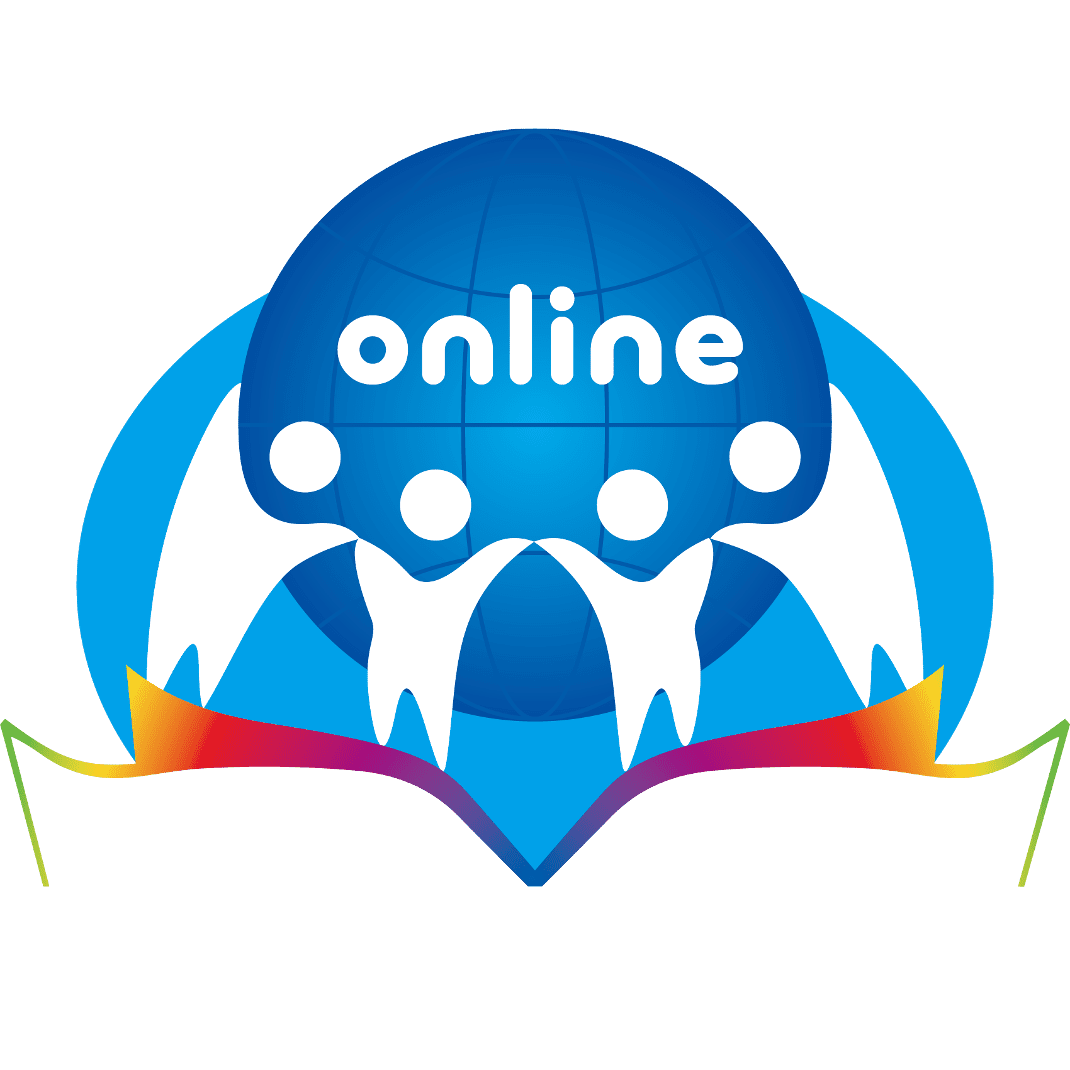Ganbat Danaa from Mongolian University of Science and Technology (MUST) answers questions about MUST’s redesigning processes for the mechanical engineering curriculum to prepare their students at the international level.
How many students do you typically have in a classroom and how did they transition?
How did they respond to the transition, to this new your way of teaching? Was it easy for them?
Typically in our lecture class, we organize it about from 60 to 80 students. But in small groups in seminar, up to 40 students. Also in practice and lab groups, up to 20 to 25. But after implementing this new approach, CGI approach, we need to organize the class as in teamwork, and also use some active learning approaches. Therefore students divided into small groups. It’s also difficult not only for the students to have this process, also for teachers and professors to organize their class in the small group in, for example, active learning and teamworking approaches.
When you redesigned the curriculum, were the faculty, were the teachers involved?
Or did somebody else design the curriculum and gave it to them? Are they the authors of the curriculum? Or are they just implementing?
Working as a team in who teaches in mechanical engineering program, we choose some of our professors to include the team. And in short, our team is working to develop and redesign the new corrections.
Are you working to incorporate the humanities in the program, like ethical thinking, critical thinking?
You mentioned that you wanted to do something similar as the NEET program, The New Engineering Education Transformation. Are you working towards that direction?
So the main problem arises from the UNESCO report. There was one conclusion that mentioned the Mongolian engineering student could learn a good, deep, professional knowledge. But they don’t have business minds or social minds or the critical thinking. So we are really trying to put critical thinkers or these HASS programs. But it’s very difficult for us to redesign the curriculum because of the faculty members don’t want to give their hour to lectures or seminars to others. So that means that all professors want to keep their classes. So that’s one of the reasons facing for us to implement the critical thinking, et cetera.
Mainly, I think, critical thinking is a very best style of thinking, so it’s a very initial stage of implement in Mongolian engineering educations.
Whether entrepreneurs need the research oriented program at all?
Instead, they might do better with the teaching based program that focuses on deep understanding. That way they can use their knowledge in diverse and hard to predict areas.
Maybe we may need to focus on teaching focused teaching and learning to prepare entrepreneurs. But as long as we did, from last maybe two or three decades, we focus it on teaching based methods. But still we are lacking some professional researchers. And we failed to produce those entrepreneurs. So now, our hope is we try to make transformation from teaching based to research oriented teaching methodology. That’s our expectation to prepare better entrepreneurs and innovators.
Can you say a bit about the role of the language in your efforts?
Because I am a linguist interested in the use of the native language in enhancing the active learning, I would like to ask about your own experience around the use of students’ native language in promoting active learning at your university. I did notice what looks like non-English texts in the background of the video.
Actually initially we localized Russian or Soviet Union style education system in Mongolian education. But at that time, we used basic Russian textbooks, using Russian textbooks. And then we translated it to Mongolian language. And also we put some Mongolian pedagogy and diddactics using the textbooks.
These days we need to also use English textbooks and especially the world top textbooks in the mechanical engineering field and subjects. And currently, we received sum translational rights from some publishers, for example, McGraw-Hill and Cengage, et cetera. And we are working to use these textbooks in our teaching and learning process.
